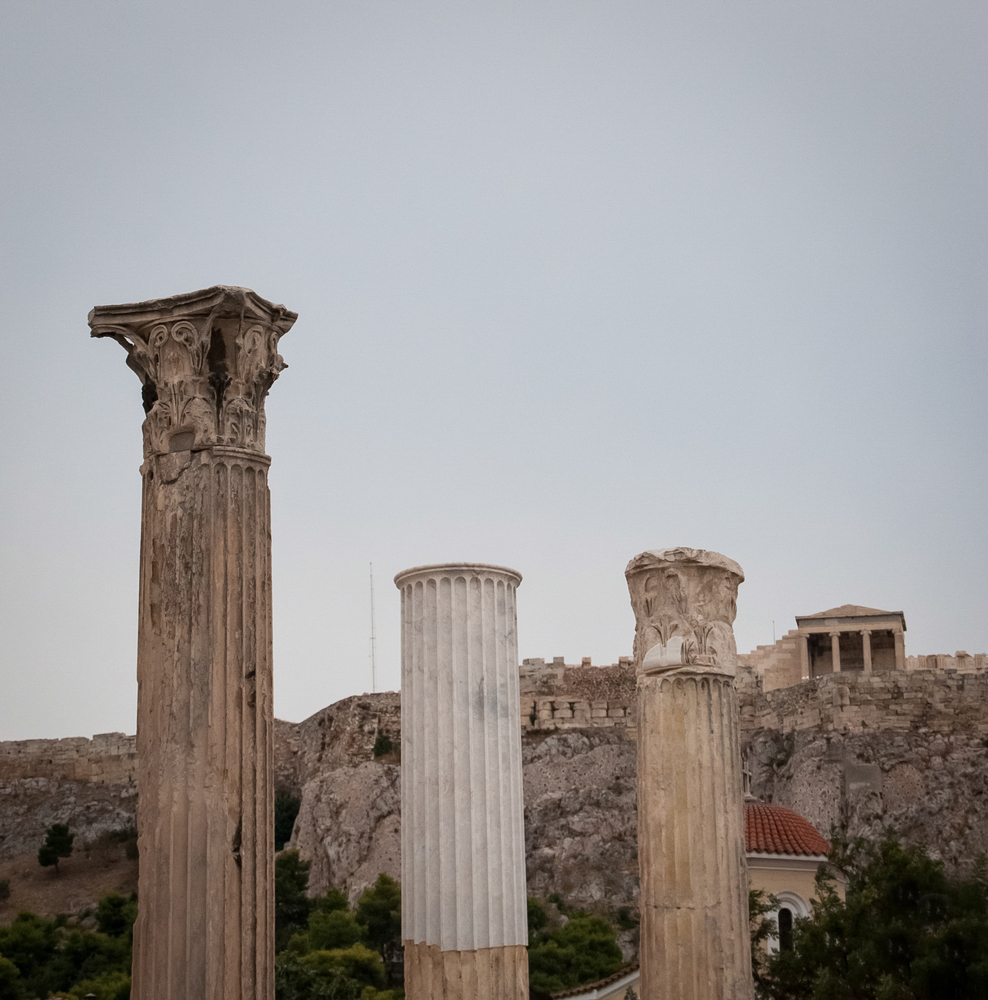Library of Hadrian
The Library of Hadrian is public gathering place of the Roman times and is impressive for its size.
Location
Timeline
Modern and Contemporary era (1821 - )
1835 The Ottonian barracks were built.
1843 At this point Dimitris Kallergis roused the officers for the revolution of September 3 against Otto, aimed at establishing a constitution.
1884 The Bazaar (market) was completely destroyed by fire.
Ottoman era (1453- 1821)
Byzantine era (331 AC- 1453)
Roman era (30 BC- 330 AC)
132 AD Built around that time.
267 AD Destrοyed by the Heruli.
412 AD Repaired.









Share